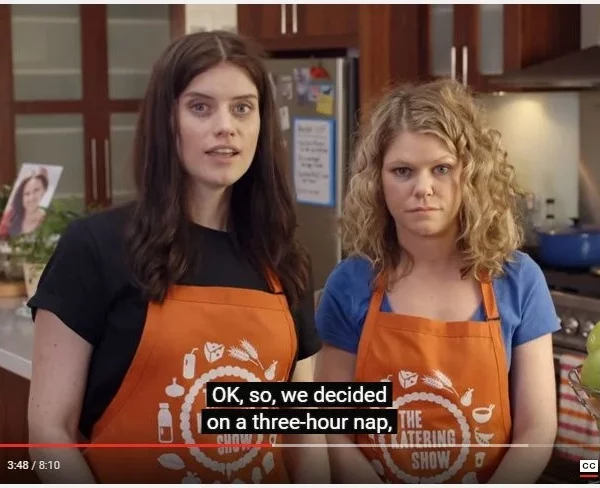
6 Ways to Make a Video Accessible for Everyone
6 Ways to Make a Video Accessible for Everyone
The world is full of great content, but most aren’t accessible to everyone, which is frustrating for people that are excluded. Here are 6 ways to make your video more accessible for everyone.
1. Closed Captions
Closed captions allow people who are deaf or hard of hearing to have full access to video content. Captioning is the process of displaying timed text on a video to represent its sound track. It is usually a transcription of various elements of the video including dialogue, sound effects and descriptions of music and song lyrics. Closed captions give viewers the option of switching the captions on or off while watching a program. They are the most common form of captioning and can be identified by the [CC] symbol.
2. Open Captions
Open captions, also known as burned-in, baked on or hard-coded captions, are seen by anyone who watches the video. Open captions are a permanent feature on a video and can’t be turned on and off. Open captions are often used for videos which are being played on website video players that don’t have closed captions functionality.
3. Transcript
A transcript is a written record of the speech that takes place in an audio or video recording. There a different types of transcription such as, Verbatim Transcripts and Plain Word Transcripts. Verbatim is a transcript of every single word that was said, whereas a Plain Word is a content accurate transcript that leaves out things such as ums, ahs and false starts.
4. Media Alternative Transcript
A Media Alternative Transcript is a text transcript that also includes descriptions of what is displayed visually in the video in addition to the speech. It allows people who are blind or have vision loss to have full access to video content via use of a screen reader.
5. Standard Audio Description
Standard Audio Description is descriptive audio narration of relevant visual elements of a video not represented in the original audio track for the benefit for someone who has vision loss. The AD voice track is written and recorded so that it fits within the gaps between existing dialogue and important audio elements. The final audio description track can be recorded by a voice artist or generated as a synthetic voice.
6. Extended Audio Description
Some videos may not have enough natural gaps in the sound track and require Extended Audio Description. This involves editing the video to pause at certain points to fit the audio description in. Extended AD increases the length of the final video.